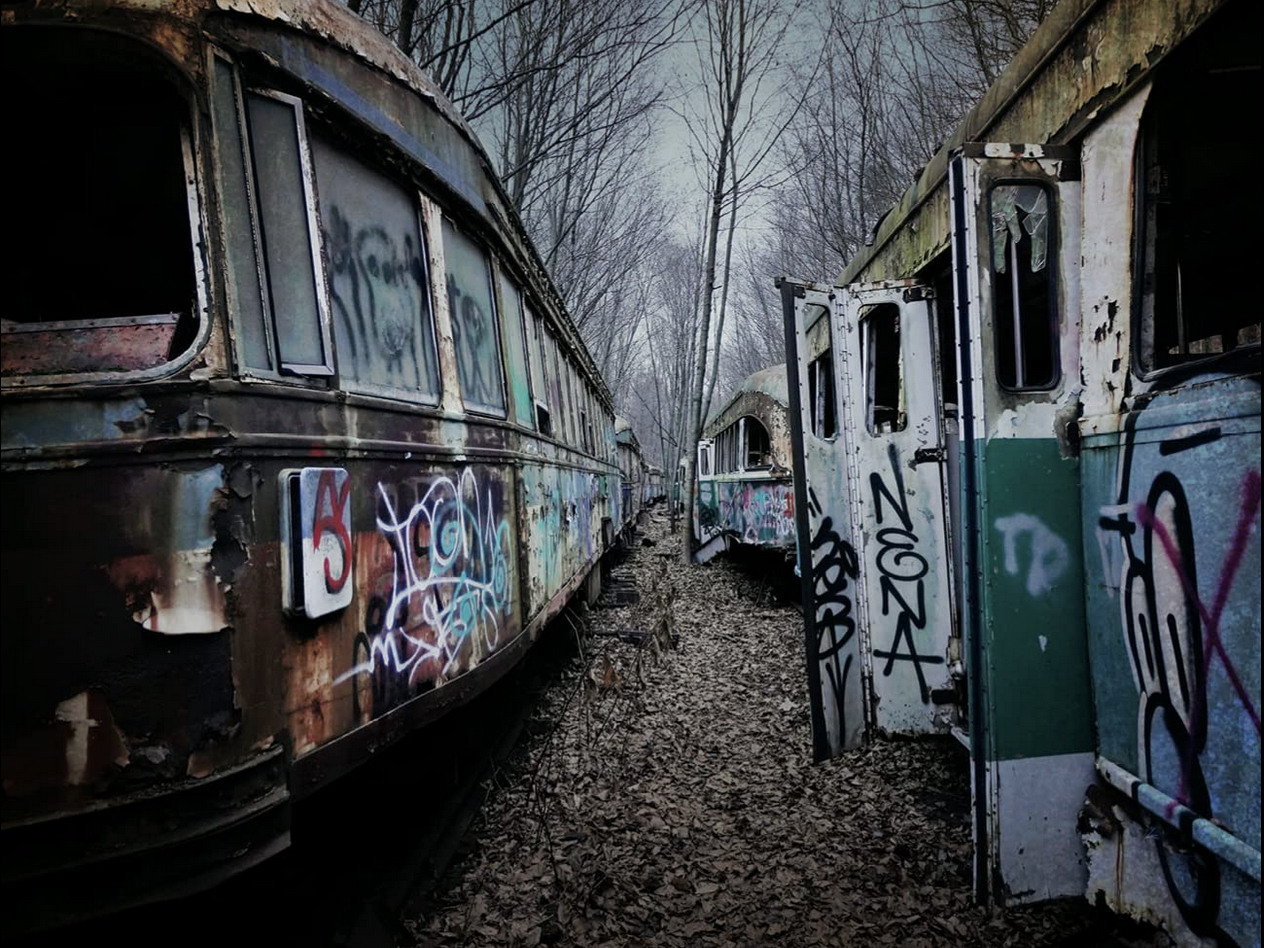
- Film
Docs: Arresting, Unique “Scrap” Finds Life in Discarded Objects
If, as psychiatrist Viktor Frankl opined, the meaning of life is to give life meaning, then what of the objects, both big and small, that power our lives but leave behind no small amount of waste? What meaning can be derived in how we treat this material? And what separate meaning, if any, exists in these items themselves? Those are among the questions pondered by Stacey Tenenbaum’s Scrap, an utterly singular and highly ruminative documentary, from First Run Features, now available on DVD and streaming on Amazon and Apple TV.
In imaginative fashion, Scrap runs an end-around on more typical environmental nonfiction film posturing. It reaches for and successfully imparts a deeper and more thought-provoking message about our latently complicated relationship to objects — their intergenerational value, plus the sorrow we can feel from their loss as well as the thrill and reward we can conjure in giving them extended purpose or a new life entirely.
An anthologized realization of the adage that one person’s junk is another’s treasure, Scrap focuses on people who have physical proximity, economic interest and/or emotional connections to objects whose usefulness, to much of the rest of society, has expired.
In these smaller, highly engaging snapshots (multiple Scrap subjects feel like they could easily merit their own feature-length film), Tenenbaum’s movie shares narrative terrain and a specific philosophical intersection with 2016’s Manufactured Landscapes and 2018’s Anthropocene: The Human Epoch. These two documentaries used the work of Edward Burtynsky as a leaping-off point to assay the scale of humankind’s impact on both nature and natural development.
One can almost smell the moss and pines at a so-called “junkyard jungle” in rural Georgia, featuring over 4,400 historic cars spread out over 35 wooded acres. “It’s art, nature and history,” says Dean Lewis, whose parents opened a scrap metal business on the site in the 1930s. Trees grow around and even up through rusted-out automobiles — a stirring sight that gently underscores Mother Earth’s indefatigable and undefeated record in reclaiming any and all of humankind’s grandest endeavors.
Other subjects are equally vivid. In Thailand, Fah Boonsonng lives in the hollowed-out, chopped-up body of an airliner. She doesn’t understand tourists’ fascination with the structure but she still charges admission and uses their money to support her grandchildren and seven other adults. In Spain, architect Tchely Hyung-Chul Shin oversees plans for a church made out of a boat’s metal hull. In South Dakota, John Lopez crafts exquisite sculptures out of generations-old farm equipment both abandoned and donated. Meanwhile, photographer Saumya Khandelwal chronicles the lives of Indian workers sifting through massive amounts of electronic waste, stripping items for wiring and precious metals.
Several of the film’s subjects focus on restorations — either dreamed or achieved. Retiree Ed Metka bemoans funding falling through for work on a massive stockpile of trolleys and buses. More successful is Tony Inglis, a British man who along with his wife and brother-in-law has fixed up over 2,000 iconic, red, cast-iron phone booths.
Scrap’s technical package both confirms Tenenbaum’s authorial voice, and easily keeps the project from tipping over into something more navel-gazing, and solely academic-minded. Cinematographer Katerine Giguère smartly summons nature’s more sedate rhythms by way of lingering tracking shots, but also knows how and when, with the assistance of editor Howard Goldberg, to deploy some evocative, God’s-eye POV drone shots.
The movie also connects on an aural level. Michel Gauvin’s sound design (giving free rein to the cicadas in Lewis’ junkyard, for example) blends mesmerizingly with a delicate, inviting score from composer Ramachandra Borcar.
Scrap’s intensely personalized nature makes it extraordinarily interesting, just on a surface level. For innately introspective viewers, though, Tenenbaum’s one-of-a-kind film will resonate even more robustly.
This isn’t a documentary about recycling in the conventional sense. But, in showing us there is life etched on the surface of all objects, however, scarred by use or dirtied by time, it speaks volumes about a culture of overconsumption and disposability. What we choose to make of that message, individually and collectively, says something about us.

